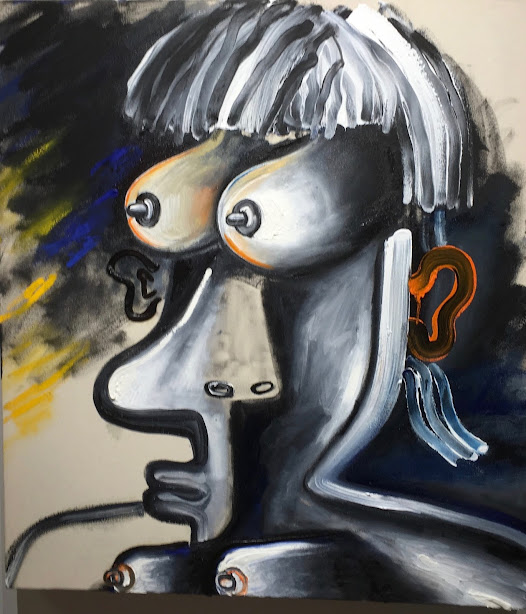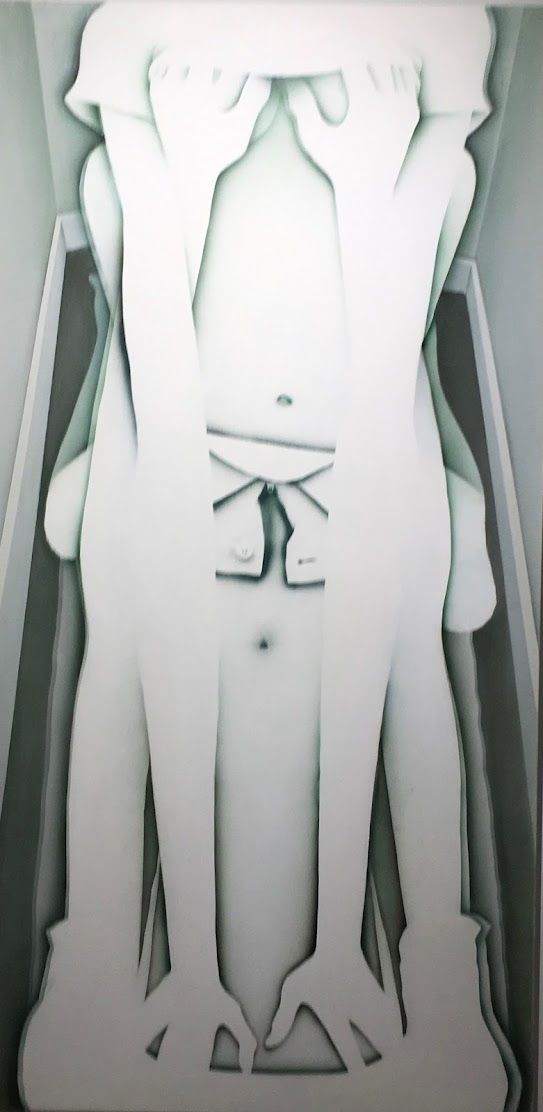(Drivebycuriosity) - Almost every day someone predicts that the stock market soon will have a massive crash. If we believe the crash prophets soon a sudden dramatic decline of stock prices will destroy a lot of wealth (
businessinsider marketwatch ).
This is just fear mongering. Yes, a crash could happen any time. History shows that the sentiment can suddenly get gloomy and turn into a full fledged panic. Stock market crashes are social phenomena, a case of mass hysteria, explains Wikipedia: External economic events combine with
crowd behavior and psychology in a positive feedback loop where selling by some market participants drives more market participants to sell (
wikipedia). You never know when that will happen. But history also shows that crashes are seldom and that they are less destructible as the scaremongers want you believe.
In the history of the Dow Jones (founded 1896) there were just 4 events with a daily loss of more than 10% (
wikipedia).
4 massive crashes in 119 years - that gives them a very low probability! And
3 of them happened
before Word War II.
The largest stock market drop occurred on October 19th 1987 - the infamous
Black Monday. The S&P 500, the gauge for the US stock market, dropped 20.5% and the Dow Jones tanked 22.6%, the sharpest procentual one-day loss in history. But for the full year 1987 the US stock market closed with a gain and delivered a return of 5.2% (dividends reinvested
marketreturns). The chart below shows that the S&P 500 erased its losses through autumn 1989. Ten years later the S&P 500 had more than tripled. The 1987 crash wasn´t caused by a recession neither did it lead to one. The US economy grew 3.6% in 1987 and advanced 4.2% in 1988 in spite of the stock market turmoils (
worldbank).
The other 3 crashes in the history of the US stock market (single-day loss of 10% and more) all happened before World War II (see also
wikipedia). The historican John Steele Gordon explains in his economic history of
the US that the American economy frequently experienced bank panics in the 19th century (
driveby). Often a rumor caused a
stampede, people suddenly lost trust in a bank and than in the complete
market. They run and emptied their bank accounts to protect their
savings and the stock market crashed. There was no central bank (Federal Reserve) who could calm the
markets by pumping liquidity into the banking system. "There was no authority who
could intervene decisively to abort a market panic before it spiraled
out of control”, wrote Gordon.
The
Great Depression, that started with a series of stock market crashes in 1929, was partly caused by the Federal Reserve (Fed). This institution, founded in 1913, was relatively young, inexperienced and made rookie mistakes. Milton Friedman & Anna Schwartz described in their book
"A Monetary History of the United States, 1867–1960", that The Great
Depression could have been avoided if the Fed had not so badly botched
its monetary policy (
fee.org): The Fed failed "to carry out its assigned role as the lender of last
resort. Rather than providing liquidity through loans, the Fed just
watched as banks dropped like flies, seemingly oblivious to the effect
this would have on the money supply. The Fed could have offset the
decrease created by bank failures by engaging in bond purchases, but it
did not".
As a result "from 1929 to 1933 the
money supply fell by 27 percent—for every $3 in circulation in
1929 (whether in currency or deposits), only $2 was left in 1933. Such a
drastic fall in the money supply inevitably led to a massive decrease
in aggregate demand. People’s savings were wiped out so their natural
response was to save more to compensate, leading to plummeting
consumption spending" (
fee.org).
The charts above (Dow Jones since 1900
ritholtz stockcharts) show that since WW II crashes are less frequent than in the past. They also document that the amplitudes (up-and-down-swings in percent) got smaller over the years. Even the bear market 2008 was less severe than the frequent meltdowns before World War II. So, as the charts show, the stock market developments got smoother.
Governments &
central banks have
learned from the Great Depression and the crashes of the past (even from 2008). The stock market crash from 1987 (Black Monday) didn´t start a recession, because the Fed responded swiftly and
"encouraged banks to continue to lend to one another on their usual
terms" (
federalreserve). Zero interest rates and massive bond purchases by the Fed (Quantitative Easing/QE) curbed the recession 2008/09 and started a recovery. Today central banks have a lot of tools at their disposal to fight against a market meltdown like QEs, negative interest rates and more.
Since
spring 2009 there was no crash (daily stock market drop of more than
6%) and stocks gained more than 200%. The latest crash so far happened
in the year 2010, the so-called flash crash. On May 6, 2010 the Dow
Jones Industrial Average had its biggest intraday point drop (from the
opening) up to that point,plunging 998.5 points (about 9%), most within
minutes, only to recover a large part of the loss (
wikipedia). According to Wikipedia the crash started at 2:32 and lasted just for 36 minutes!
The Dow charts above also show that all stock market crashes got erased over time and they had
little influence on the long term trend. The crash from 1987 is almost
invisible on these charts and the sharp drop of 2008/2009 got erased by
the year 2013. The University New York calculated that since 1928 the US stock market (S&P 500) created an
average return of about 10% p.a (dividends reinvested
nyu.edu/ investopedia). So, investors with patience and a long term horizon got plentiful rewarded for the risks and the stress of a crash.
Conclusion: Crashes have a very low probability because they are rare. Post World War II their damages got erased after few years and long term investors got rewarded by an annual return of about 10%.



















































